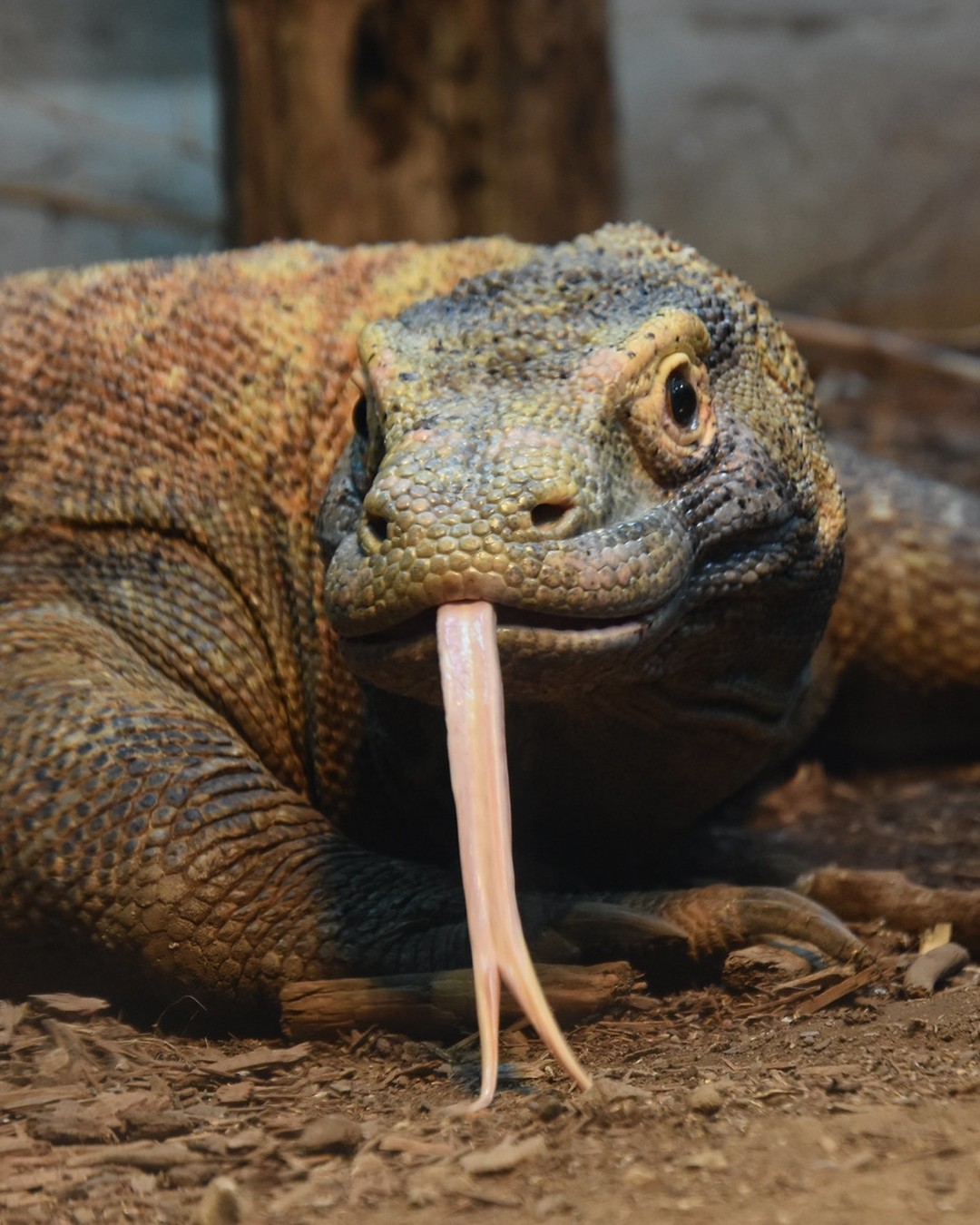Komodo Dragons: Amazing Facts About the Largest Living Lizard
Komodo dragons are some of the most fascinating and majestic creatures in the animal kingdom. Native to Indonesia, these monitor lizards can grow up to ten feet long and weigh over 200 pounds. They have a wide range of adaptations that make them amazing predators in their native environment. Read on to discover more interesting facts about komodo dragons!
Size
Komodo dragons are the largest living species of lizard, reaching lengths of up to 10 feet in some cases. They can weigh up to an impressive 200 pounds and are capable of reaching speeds of up to 15 miles per hour. They also possess a rough, scaly skin which helps protect them from their prey’s claws and teeth.
Diet
Komodo dragons feed primarily on carrion but have been known to hunt smaller animals such as birds, snakes, and monitor lizards when food is scarce. They also possess sharp teeth and powerful jaws that allow them to kill much larger animals like deer or even cows with ease. Komodos will eat almost anything they can catch including eggs, small mammals, and even sea turtles!
Behavior
Komodos are highly social animals which often live in groups called ‘dragons. In these groups they communicate using hisses and postures, which help establish dominance between individuals. The male dragons are usually the most dominant within a group while females tend to remain solitary unless it’s mating season or they’re caring for young offspring. Additionally, Komodo dragons exhibit territorial behaviors that help protect their young from predators and defend their hunting grounds from other lizards or large mammals like buffalo or elephant.
Adaptations
Komodos have a number of adaptations that help them survive in their hostile habitat such as rough scales for protection against claws and teeth, strong legs for running after prey or escaping predators quickly, sharp claws for killing prey easily and a powerful tail swing used as defense mechanism against any incoming threats. Furthermore they possess an acute sense of smell which helps them detect food from miles away! Additionally they have been known to store water during dry spells by digging small holes where moisture collects allowing them access to drinking water when needed.
Conservation
The Komodo dragon is currently listed as vulnerable on the IUCN Red List due to poaching and habitat destruction caused by humans over time. However there has been great progress made in recent years through captive breeding programs which have helped boost the population numbers significantly since its introduction in 1980’s.. This has resulted in increased awareness about this magnificent species leading several countries including Australia, USA and India now boasting successful conservation efforts ensuring its safety into future generations!

